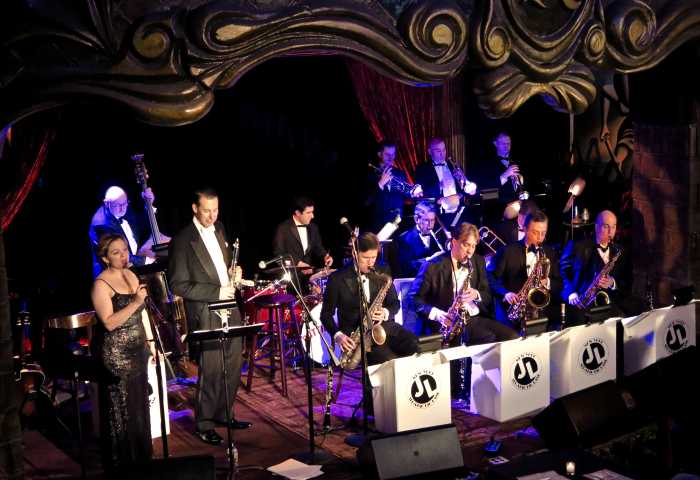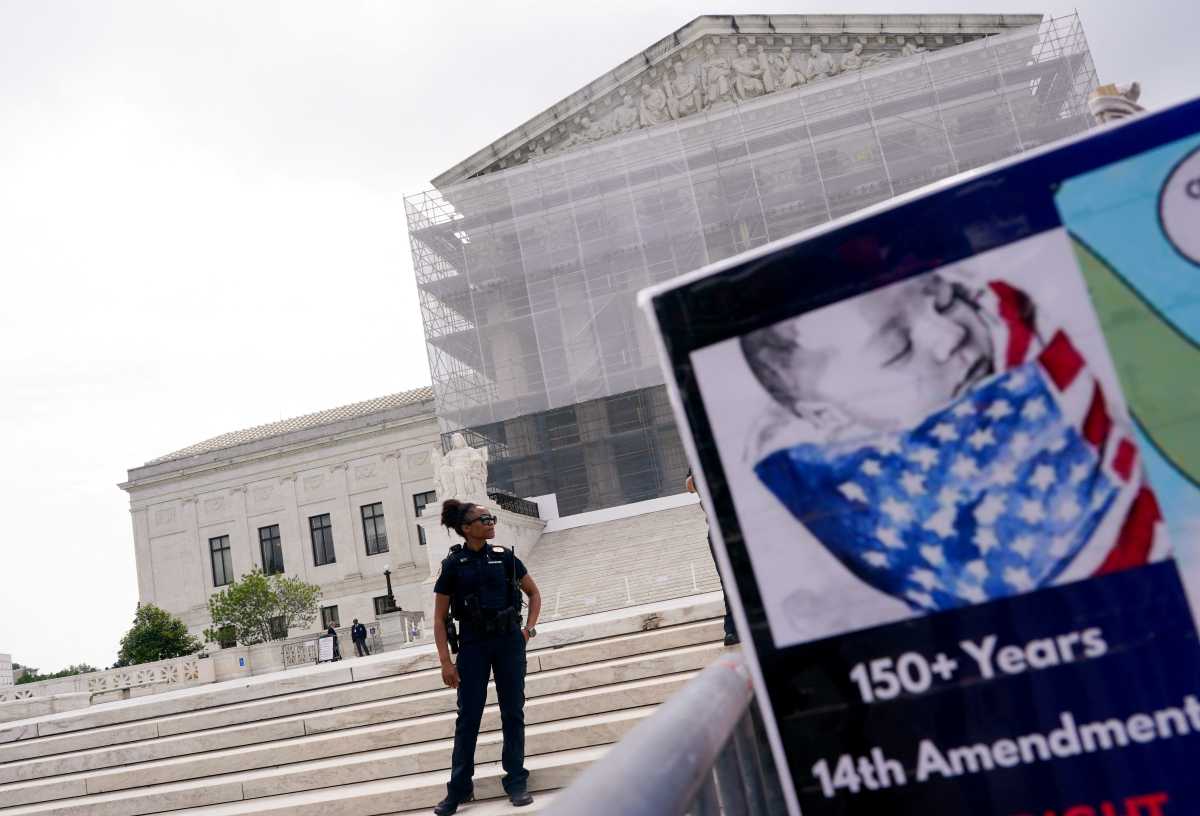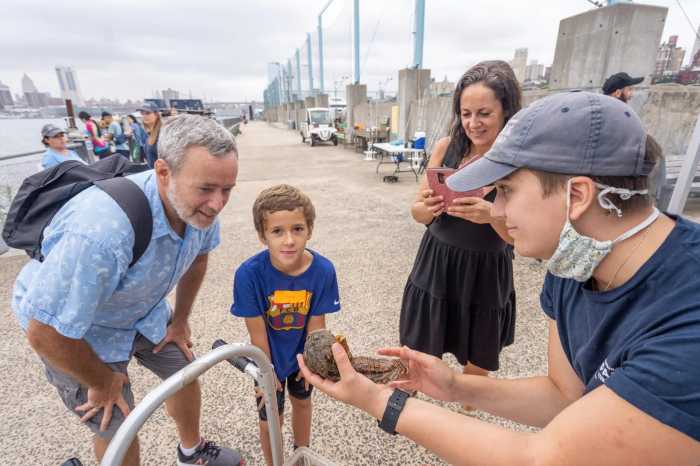By Wickham Boyle
As we plunge into a new annual rotation around the sun, we earthlings continue to ponder our place in this rapidly spinning world rampant with the unexpected: both good and bad. Last year and the start of 2005 brought huge climatic drama to earthlings. There has been a nearly biblical spate of floods, mud, waves, avalanches and frosts. All of these are followed by privations and often great hope for humanity as we totter, trying to balance on planet earth.
Last semester my daughter came home from her astronomy course at Columbia wildly excited. This is not like her. Just hours earlier, as we sat in a coffee shop where she moaned that the lab part of this required science was the worst three hours of her week. I quickly retorted that I hoped her level of “worst” would only remain at such an innocuous level for the rest of her life. When we see the horrific, natural disasters that unfold, I pray, “Her mouth to God’s ear.”
When she arrived back Downtown hours later, somehow the evening’s lab had been a raucous success. Her teacher had made every student in the class be a planet and they had created a scale model of the universe spreading out into the night sky, and taking over the land from 120 St. to 103 St. The kids were calling to each other from tiny Mercury, my child, to Pluto way up on 120 St. The sun, who was placed in the building on 103rd, was a balloon eight inches in diameter and the relative sizes of the planets ranged down to my minuscule Mercury who was a ball of play dough rolled small enough to fit into the most miniature space created by parting thumb and forefinger.
My child was jubilant with the glory of the universe, with its grandeur, with the speck that is earth and the swath that is all else. She told me that from 103rd to 120th, that 17 blocks was only charting the distance between the sun and Pluto, and on that scale, the closest star was in Mexico. I was spinning from the mock universe she brought home with her. I had no idea. I knew we measured with words like “vast” and “immense,” but what did they mean to me really? Her wild retelling gave me a more concrete imaging of my world.
As the year unfolds to new promises and challenges, we plot our lives, wars, or chores; do we envision our miniscule selves hurtling in space? As a matter of fact, my daughter further told me that most matter is made up of nothing. Empty space is what most of the world is all about. Is that what makes us so fascinated with minutiae, the stuff of daily life? Is our reptilian brain innately aware that the universe is composed of great black expanses of air so we attempt to fill it with stuff, thought and activity?
In all of our busy explorations, where humanity has ventured, on the scale my daughter and Columbia University were using on that particular night, we have traversed only as far as the distance of one thumb joint. That represents the distance of earth to the moon. Even in this modern time we still have left unexplored the majority of the wonders of outer space. It rests uncharted, free to vibrate, shine, exude and challenge us.
I can not stop thinking of that class of young people, themselves just venturing out in their personal orbits as they were flung in a 17 block radius attempting to recreate a vast universe. It is a salient metaphor for all our future actions as we live our simple orbital lives. The home is the sun and school, work, and friends represent the planets. Some of us travel a wider arch of exploration in our search for fulfillment, but in the end we all gravitate home where the pull is very strong.
We need to remember how fragile we are, and attempt to believe that since we share this beautiful wild planet we should all work to ensure safe, peaceful home bases for all the universe’s tiny specks.
WWW Downtown Express




























